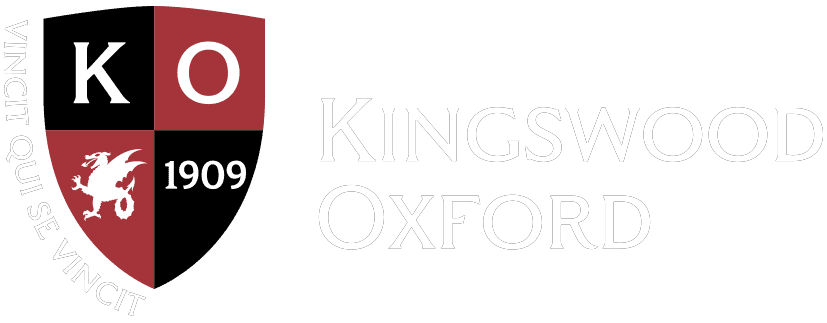January 18, 2022
Real-World Solutions to Climate Change Close to Home
Unchecked wildfires. Out-of-season F4 tornadoes. Recurrent 100-year flooding. There’s no shortage of examples of the deleterious impact of climate change on our little planet Earth. Students in Dr. Gleason’s interdisciplinary elective “Literature of Climate Change” investigate the ways that writers, scientists, and artists have addressed the growing threat of climate change and explore how their works both shape our understanding and also encourage (or not) action in response. “The question is what sort of forms of communication about climate – documentary film, articles, national IPPC report which are the best a registering the urgency of climate change,” Gleason said. That’s the rhetorical question.” For their final project, students proposed strategies for KO to address various related environmental issues on campus, from composting, energy efficiency, indigenous plantings, and more.
Dr. Gleason enlisted the help of Director of Facilities Justin Wolfradt to speak to the class before the start of their projects to understand the finer points of facilities on campus so the students could frame their strategies in a real-world scenario. Understandably, many students started their projects with blue-sky solutions without comprehending the feasibility and application of their ideas. After disabusing the students of the notion that he doesn’t just take care of grass, Wolfradt told the students, “As a leader of an organization, you have to look at the big picture, weigh in your corporate and social responsibility for the environment and the community but also look at your bottom line.” For instance, when the students came to him with ideas for composting, he shared with them his experience at his former job at UConn Health. Wolftradt did a cost analysis of composting for the organization and determined that composting would be 25% more expensive to implement.
Working in teams, the students presented various on-the-ground proposals on how KO could integrate environmental building systems on campus and a cost analysis for implementing their project. One group researched building automation systems that maximized energy efficiency and minimized waste. Cool roofing (white paint on roofs) helps lower CO2 emissions by half; green roofs with plantings reduce the heat produced around the surrounding area. Another group researched plants at KO that would produce healthier soil and rain gardens that reduce flooding on campus. Another team examined food waste at KO and suggested Meatless Mondays and more plant-based food options in the dining hall. One fascinating statistic the group shared was that if the world reduced meat consumption by 15% by instituting Meatless Mondays, it would have the same impact on greenhouse gas emissions as taking 240 million cars off the road each year. The last group presented means to reduce energy consumption on campus through the use of solar panels on the field house, geothermal heat pumps, and solar street lights.
Dr. Gleason said the class was very aware of the environmental problems facing the world. “The topic is a little gloomy, but it’s a call to action which came full circle in the presentations. The students took the information and researched it very thoroughly. They identified real word problems, connected them to KO and the community, and looked at the financial impact associated with them. All of these ideas could be integrated or looked into at KO. We do have the capacity to make big changes,” he said.
